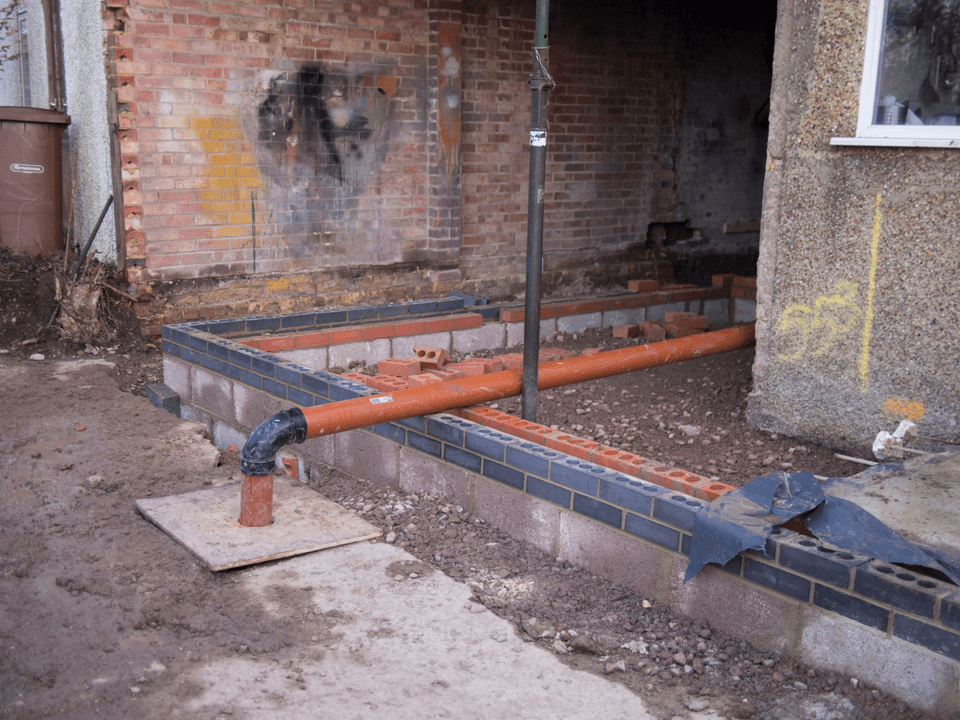
Guides for Ground Gas Verification
Essential resources for professionals
Comprehensive Installation Guide
This guide provides a detailed overview of best practices for installing ground gas membranes. It covers crucial steps that ensure compliance with industry standards, helping to minimize risks associated with carbon dioxide, methane, and radon. You'll find valuable insights into material selection, installation techniques, and common pitfalls to avoid. By following these guidelines, you can enhance the effectiveness of your gas protection measures.Verification Protocol Handbook
Our Verification Protocol Handbook outlines the necessary steps for assessing the integrity of installed ground gas membranes. This resource includes methodologies for testing and monitoring, ensuring that your installation meets the required safety standards. Detailed explanations of various verification techniques will assist professionals in conducting thorough assessments. With this handbook, you can confidently ensure that your membranes provide the intended protection.Standards and Regulations Overview
Stay informed about industry compliance
CIRIA 735 Overview
CIRIA 735 provides essential guidance for the design and installation of gas protection measures. This standard outlines the necessary considerations for effective ground gas management, including risk assessments and appropriate membrane selection. Understanding CIRIA 735 is crucial for professionals in the field as it lays the groundwork for safe construction practices. Familiarity with this standard ensures that your projects meet legal and safety requirements.Building Regulations Compliance
Compliance with building regulations is a fundamental aspect of any construction project involving ground gas membranes. These regulations set forth minimum safety standards to protect occupants from harmful gases. This section delves into the specific building codes relevant to ground gas protection, offering insights into how to achieve compliance. Being well-versed in these regulations can prevent costly delays and enhance the safety of your developments.


